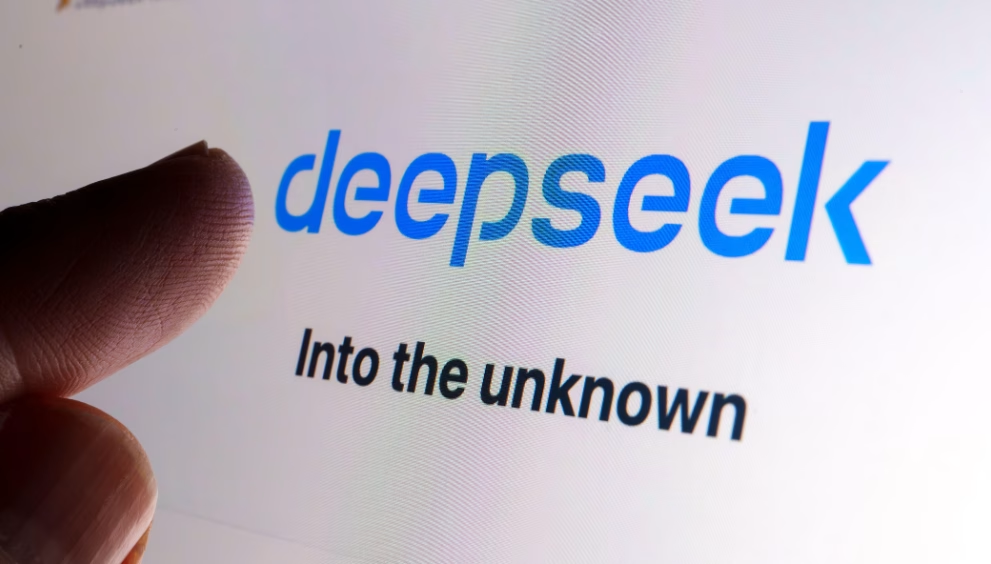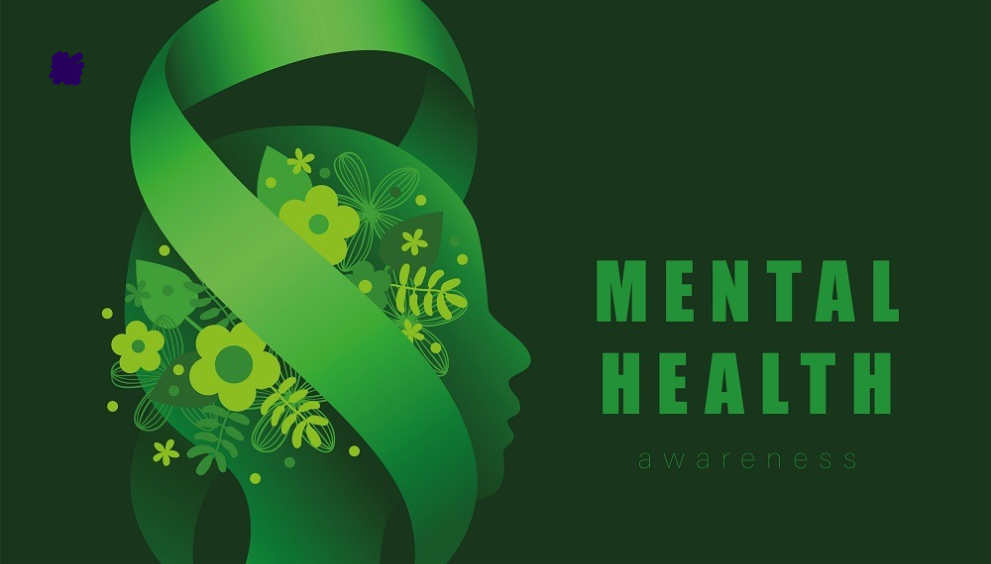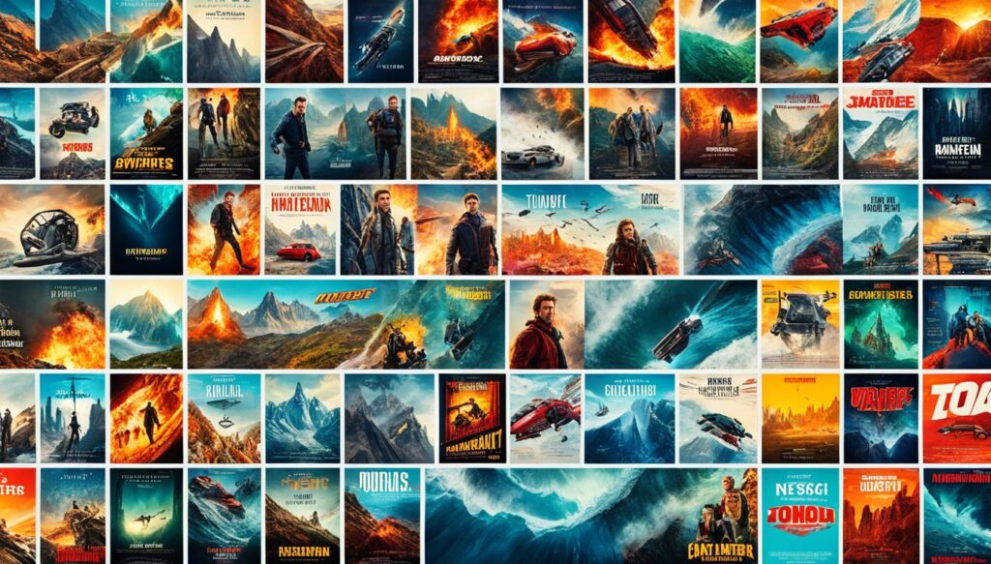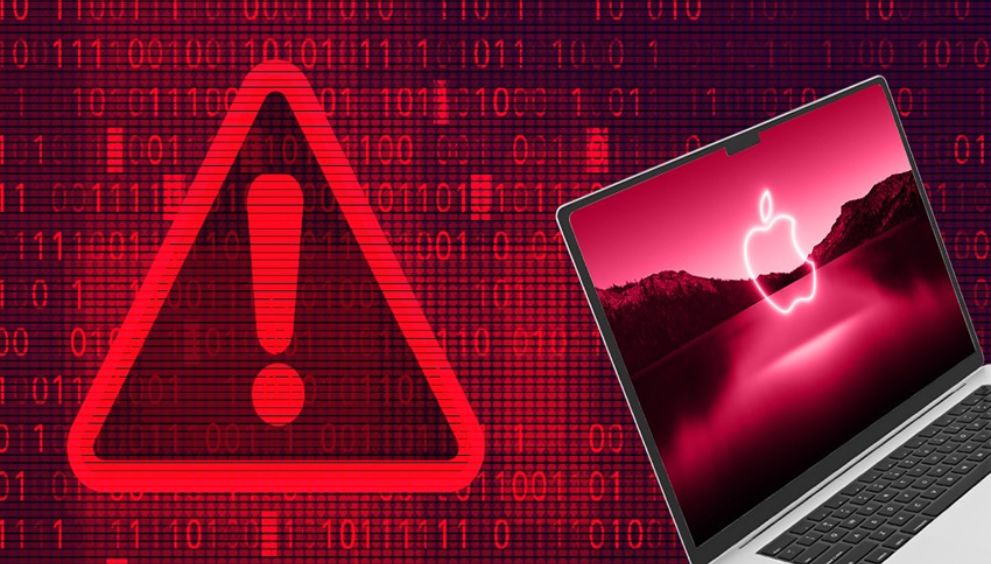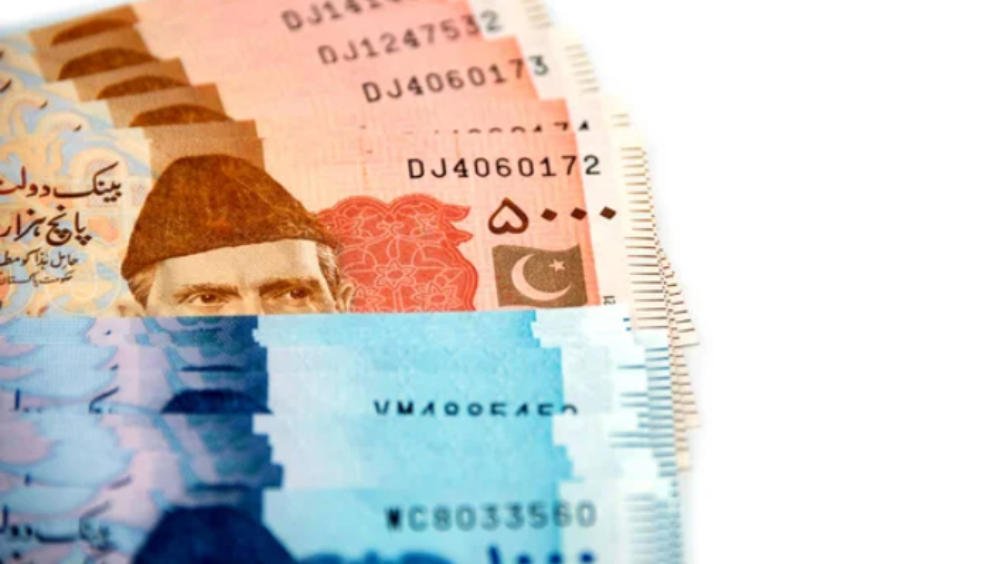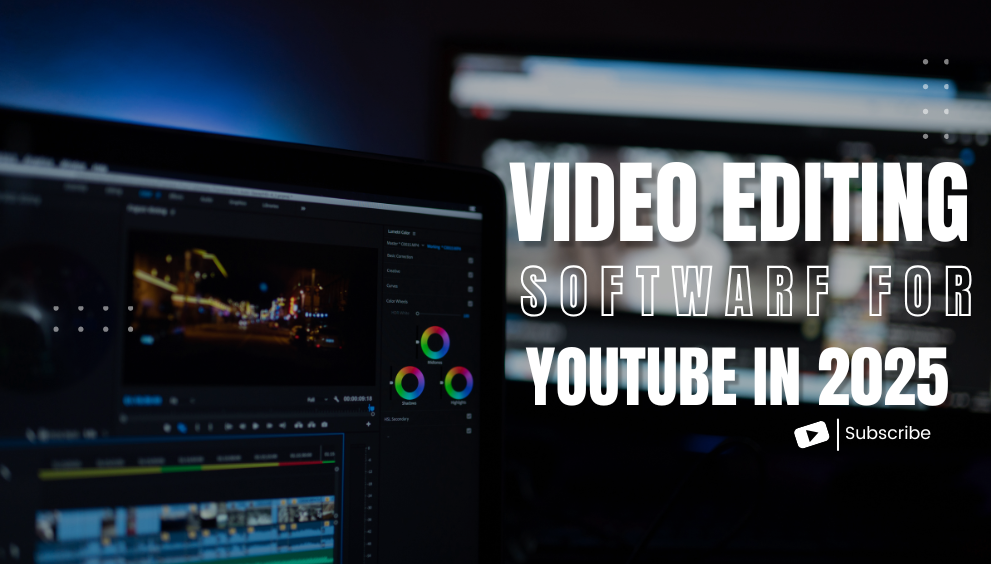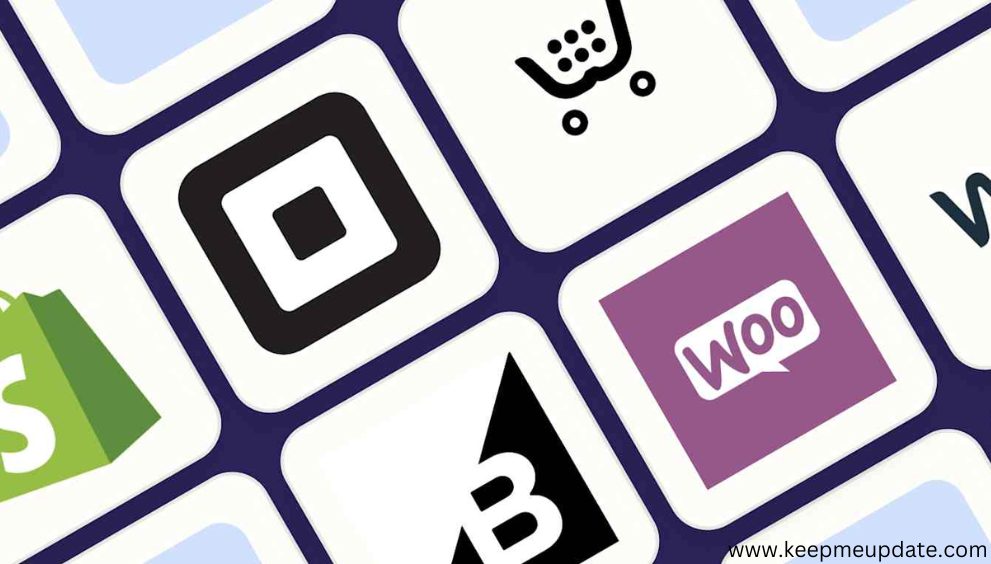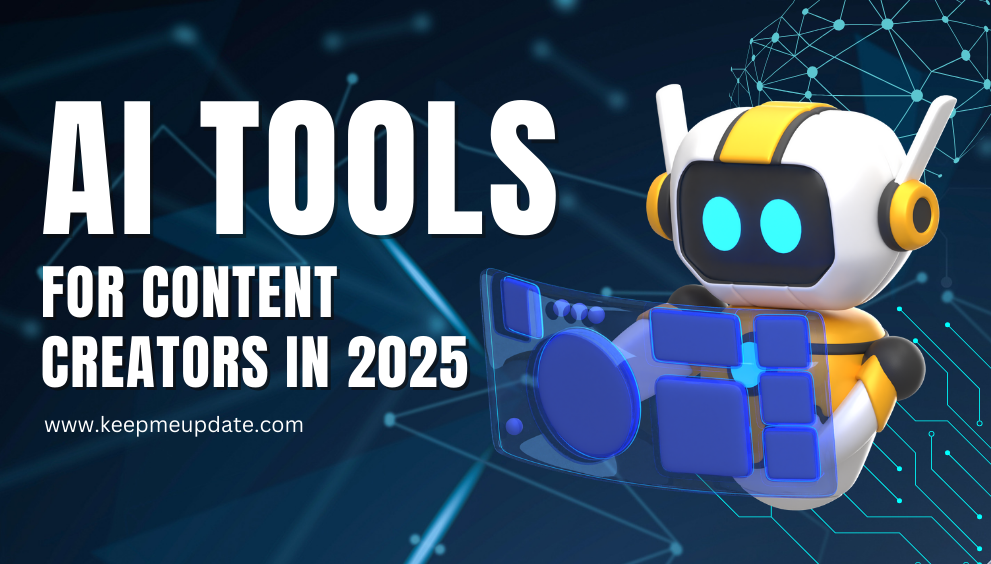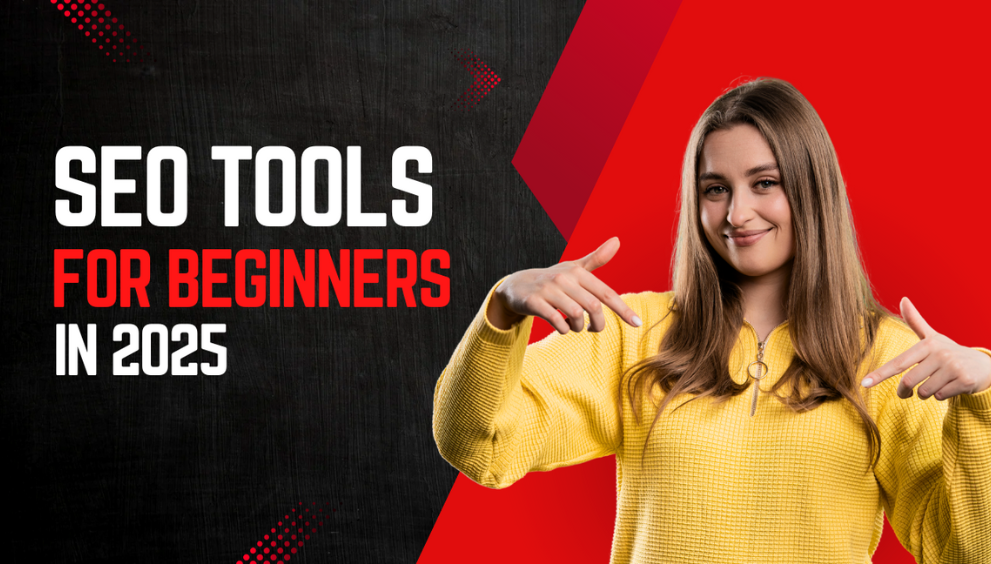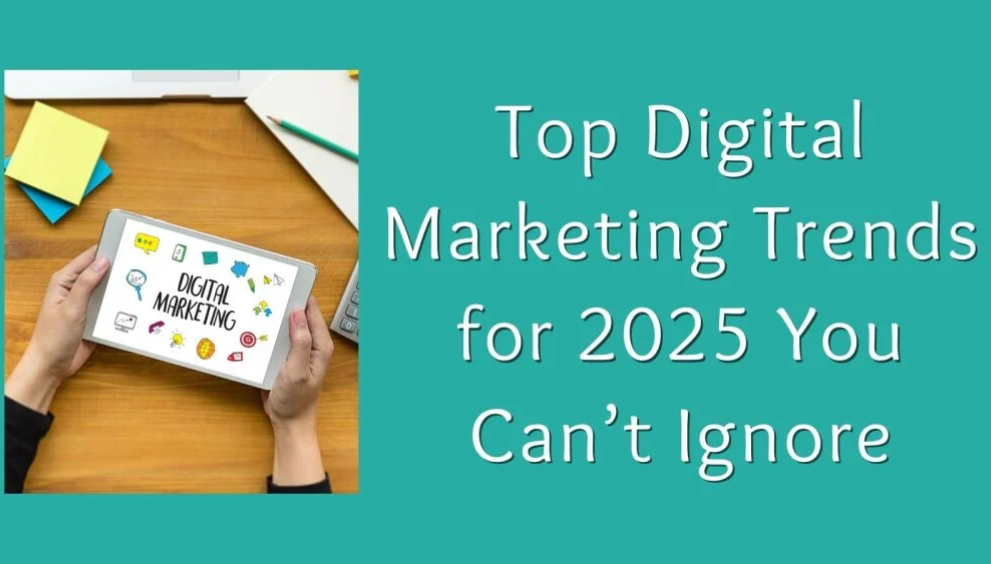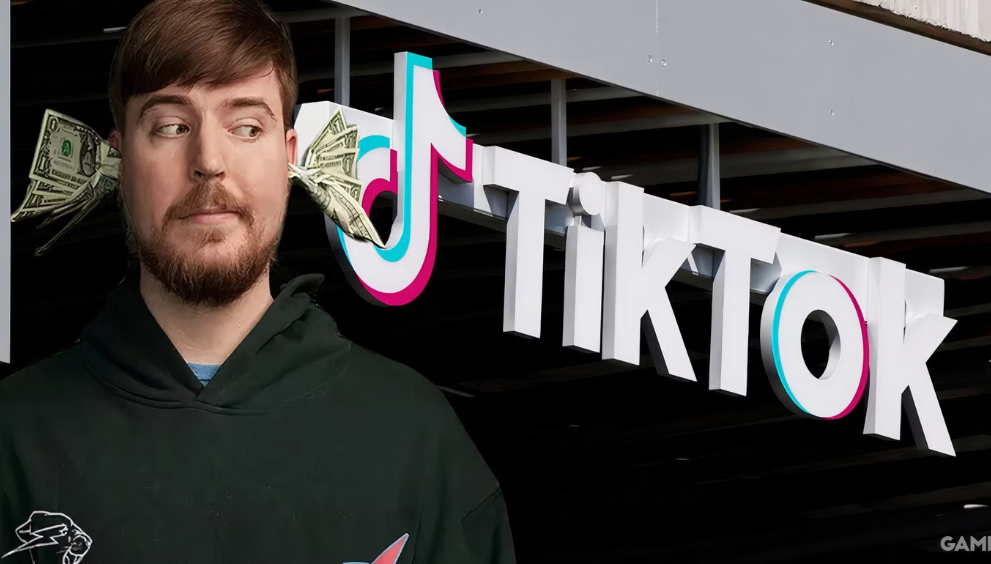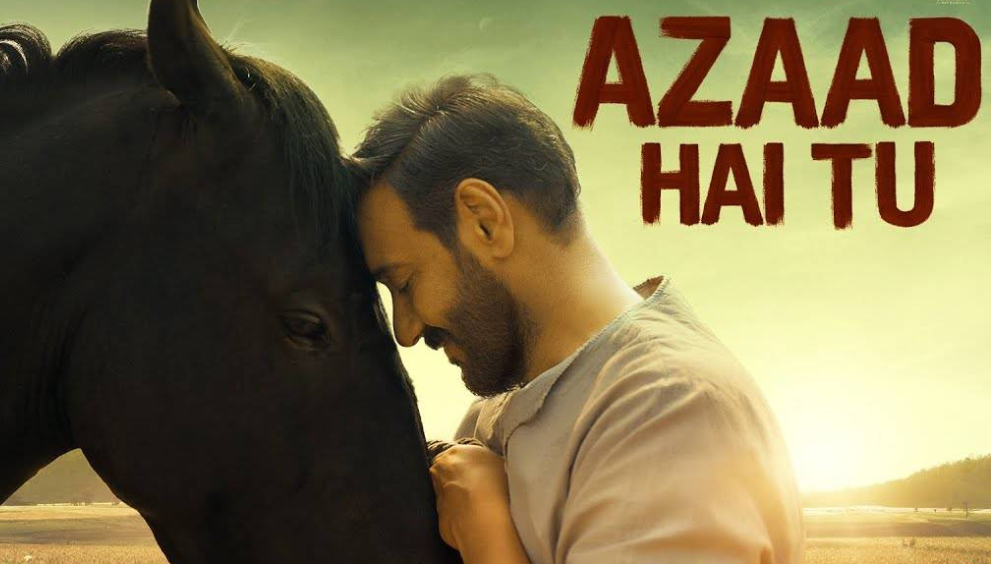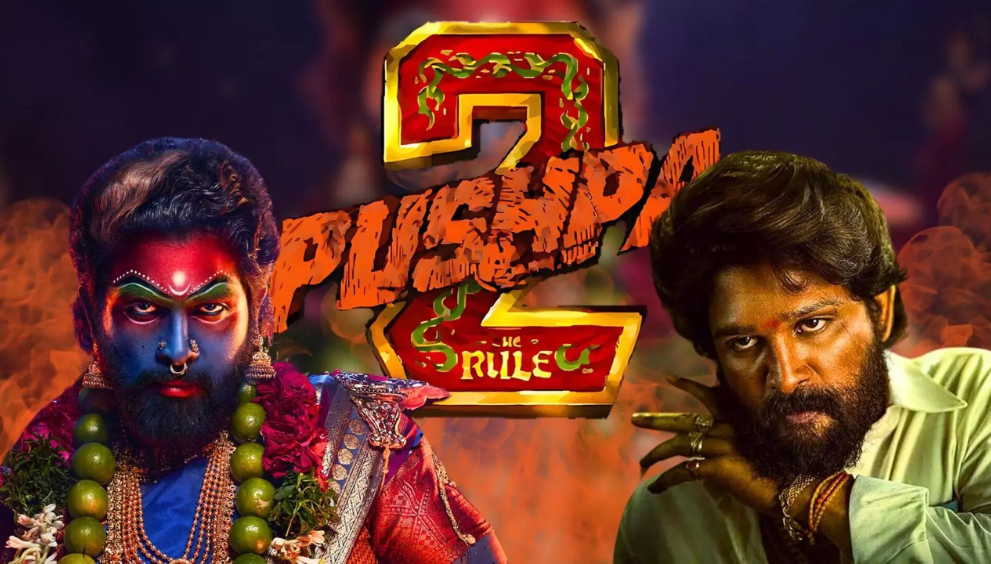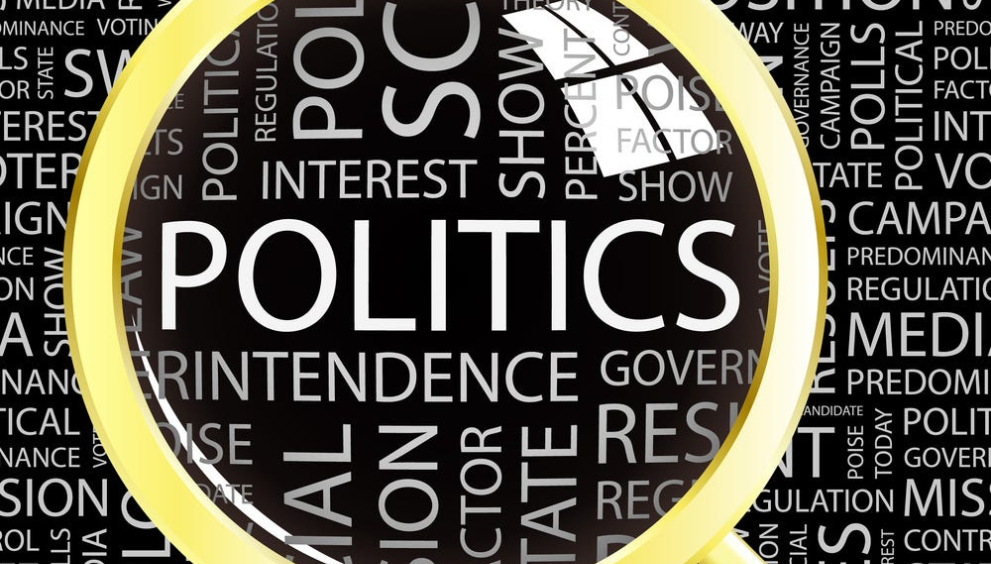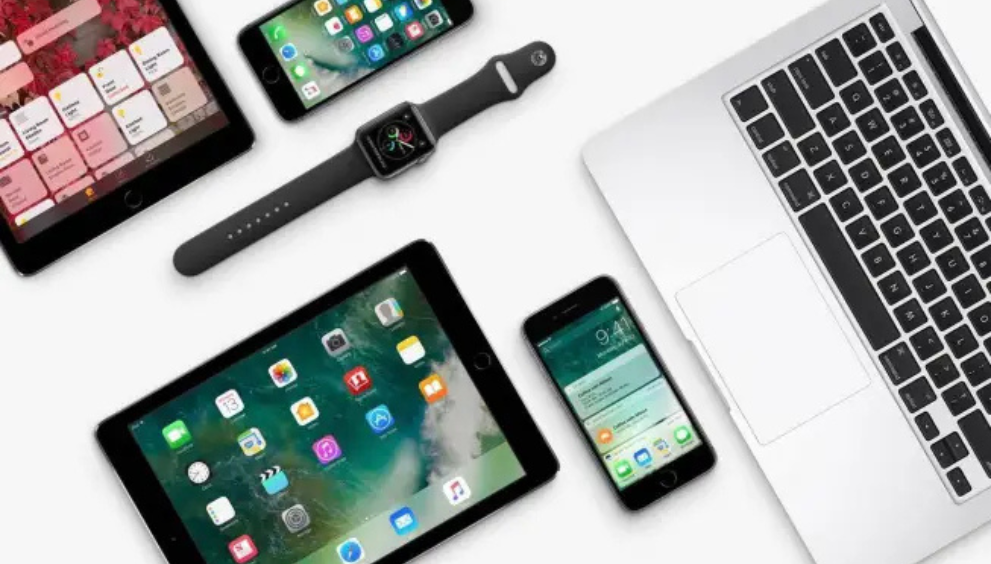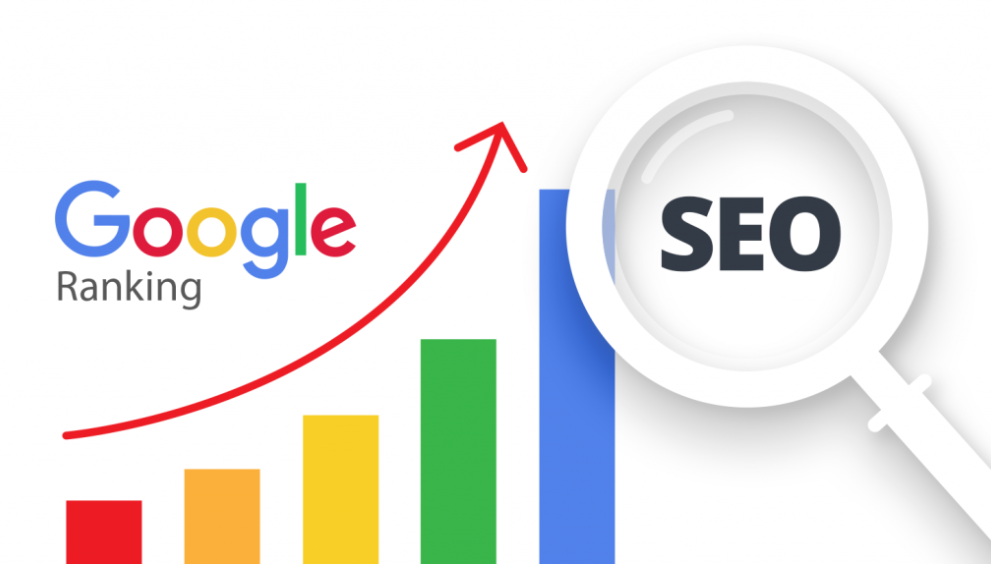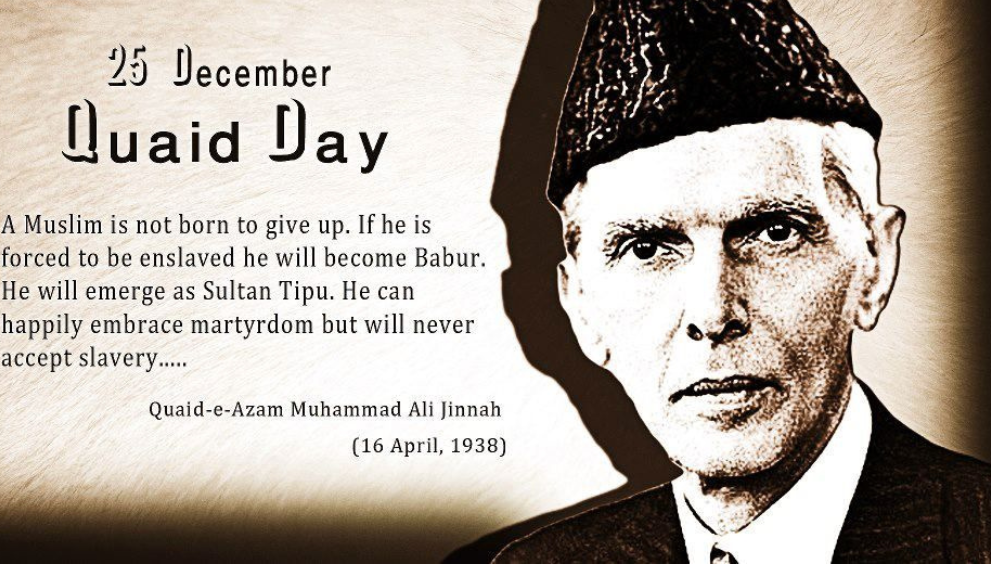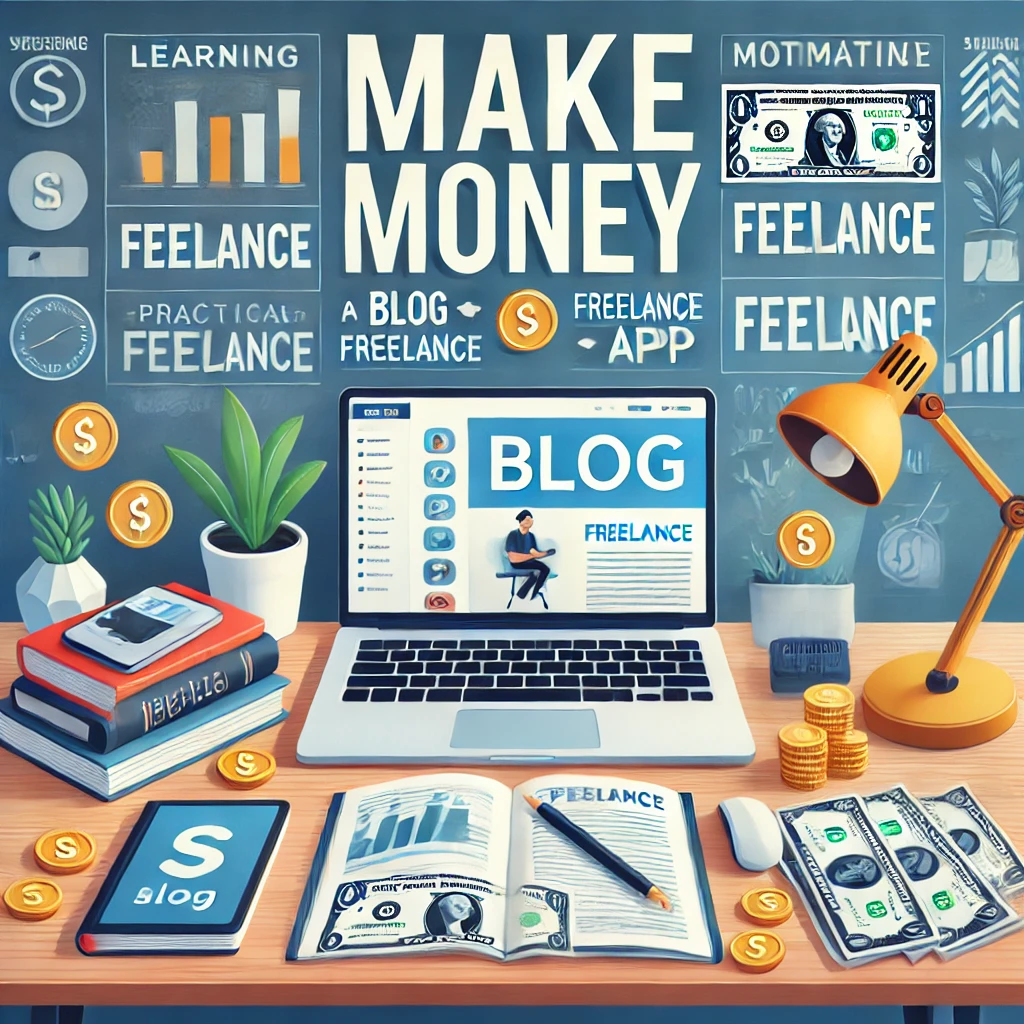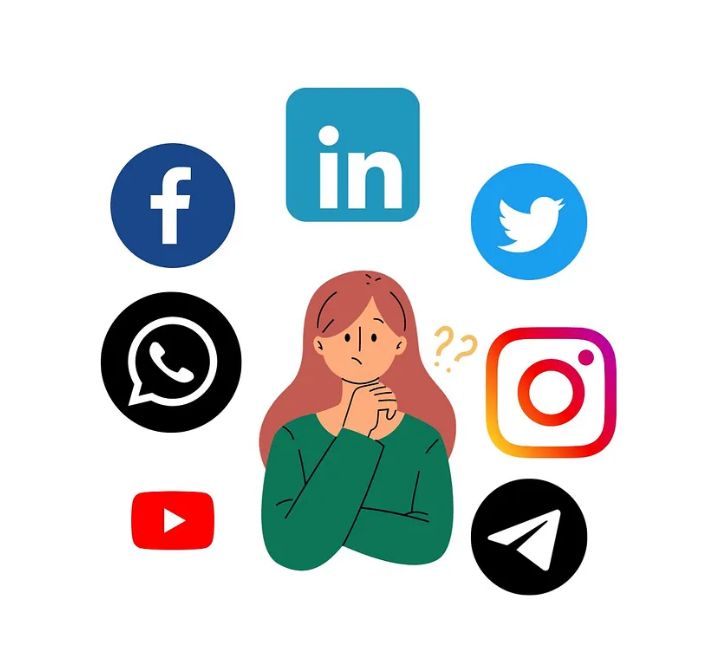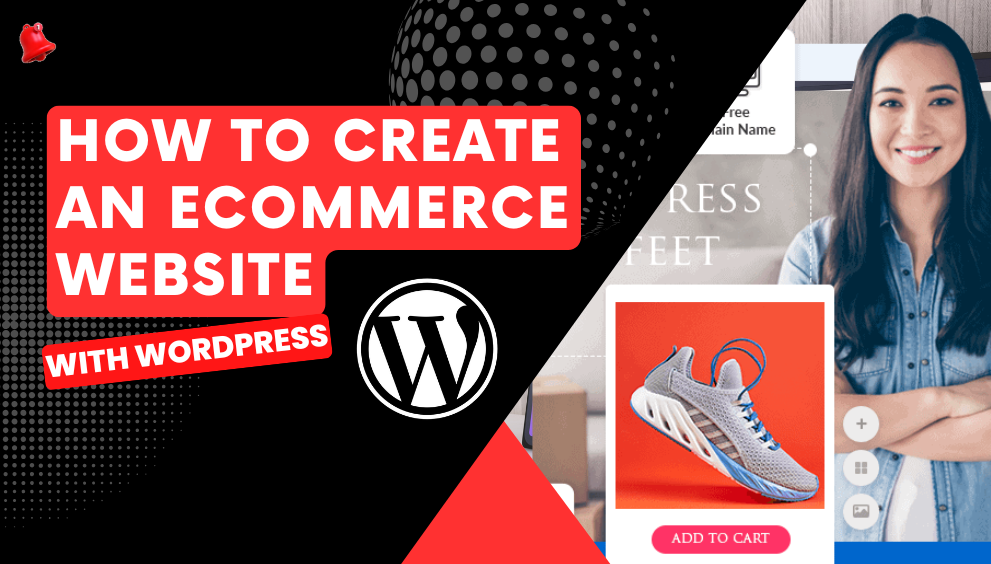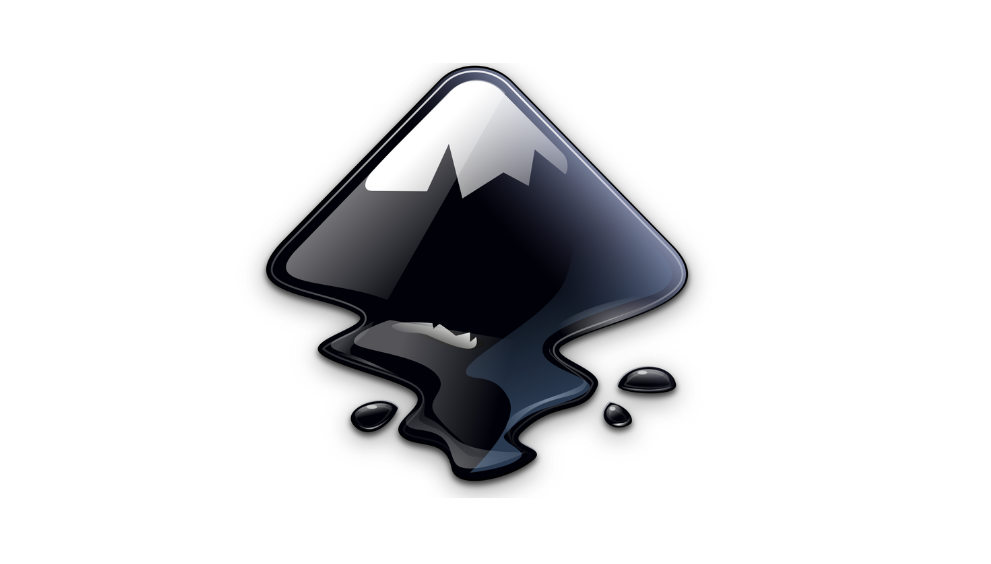Best Free Graphic Design Tools for Beginners in 2025
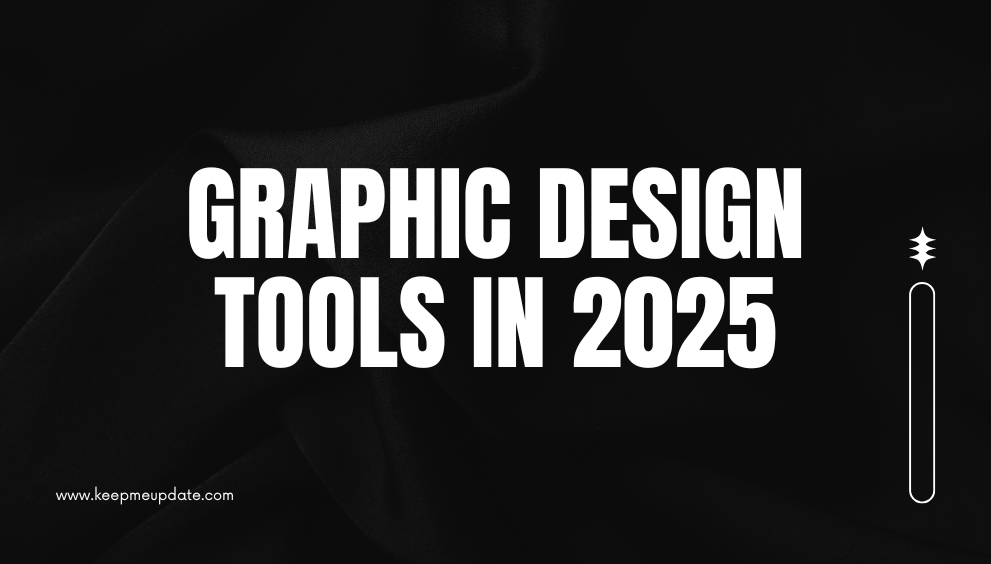
Best Free Graphic Design Tools for Beginners in 2025
Introduction: In the world of graphic design, having the right tools can make a huge difference. Whether you’re a beginner looking to create eye-catching visuals for social media, blogs, or personal projects, there are plenty of free tools available. In 2025, several online platforms offer powerful features for aspiring designers. This article will guide you through some of the best free graphic design tools that can help you get started without breaking the bank.
1: Canva
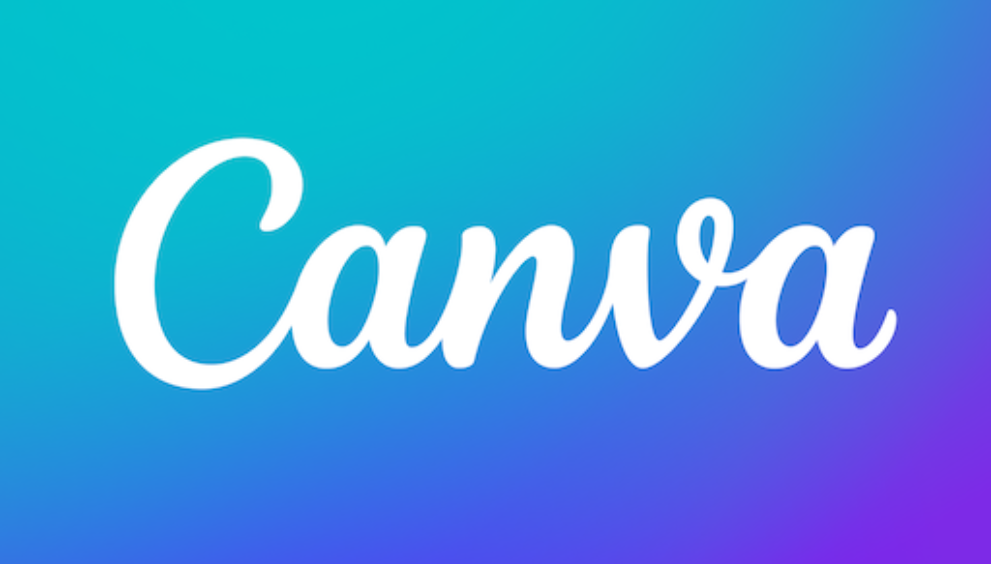
Overview: Canva remains one of the most popular graphic design platforms for beginners. Its drag-and-drop interface makes it easy to create professional designs with minimal effort.
Key Features:
Templates for social media, presentations, posters, and more.
Extensive library of fonts, images, and illustrations.
Easy-to-use photo editing tools.
Collaboration options for team projects.
Why It’s Great for Beginners:
No design experience needed to create stunning visuals.
Offers free access to a wide range of assets and templates.
The mobile app allows for design on the go.
How to Use:
Sign up for a free account.
Choose a template and start customizing.
Download your design in various formats (JPEG, PNG, etc.).
2: Figma
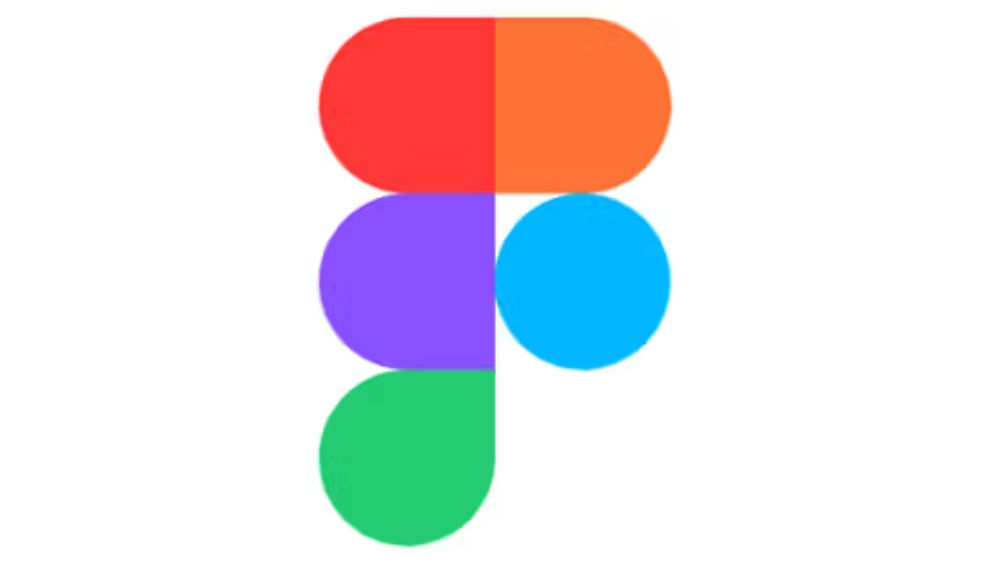
Overview: Figma is a cloud-based design tool that’s perfect for collaborative design projects. While it’s widely used for UI/UX design, it’s also great for graphic design beginners who want to work in a professional environment.
Key Features:
Real-time collaboration for team projects.
Intuitive interface for vector graphics.
Easy to share and get feedback on designs.
Free plan includes most core design features.
Why It’s Great for Beginners:
Easy learning curve for basic designs.
Powerful vector-based tools once you’re ready to dive deeper.
Ideal for designers who plan to work in teams.
How to Use:
Create an account and start with a new project.
Explore templates and work on your design.
Share the design link for feedback and collaboration.
3: Adobe Spark (Now Adobe Express)
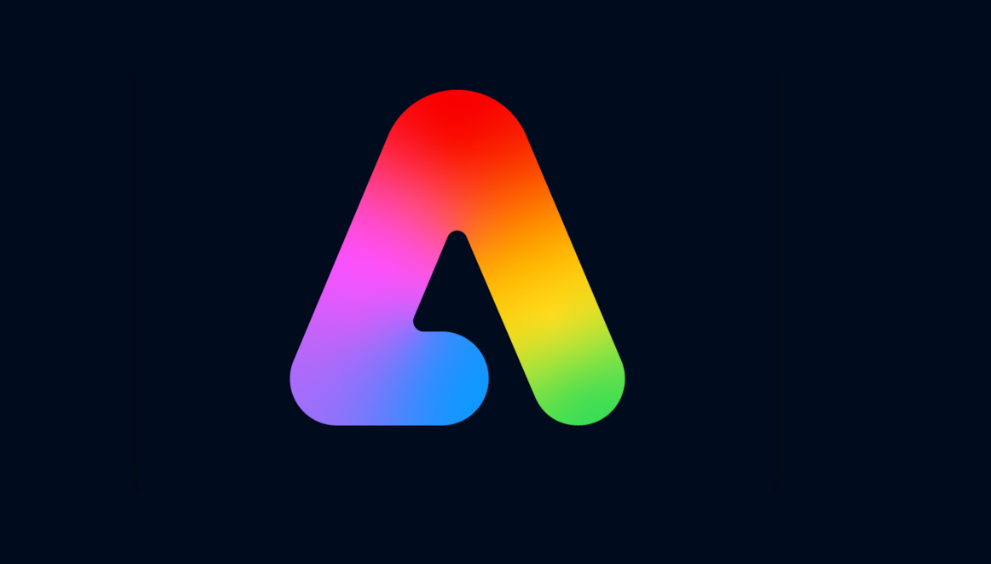
Overview: Adobe Spark, now known as Adobe Express, offers an intuitive way to create graphics, web pages, and video content. The free plan includes a variety of templates and design tools.
Key Features:
Templates for social media posts, web banners, and more.
Access to Adobe Fonts and stock photos.
Integration with other Adobe products.
Easy sharing and downloading options.
Why It’s Great for Beginners:
Fast and straightforward, with no prior design knowledge needed.
Ideal for creating quick and professional graphics.
Syncs with Adobe Creative Cloud if you decide to upgrade.
How to Use:
Sign up with an Adobe account.
Choose a template and start customizing.
Download or share your design with ease.
4: Gravit Designer
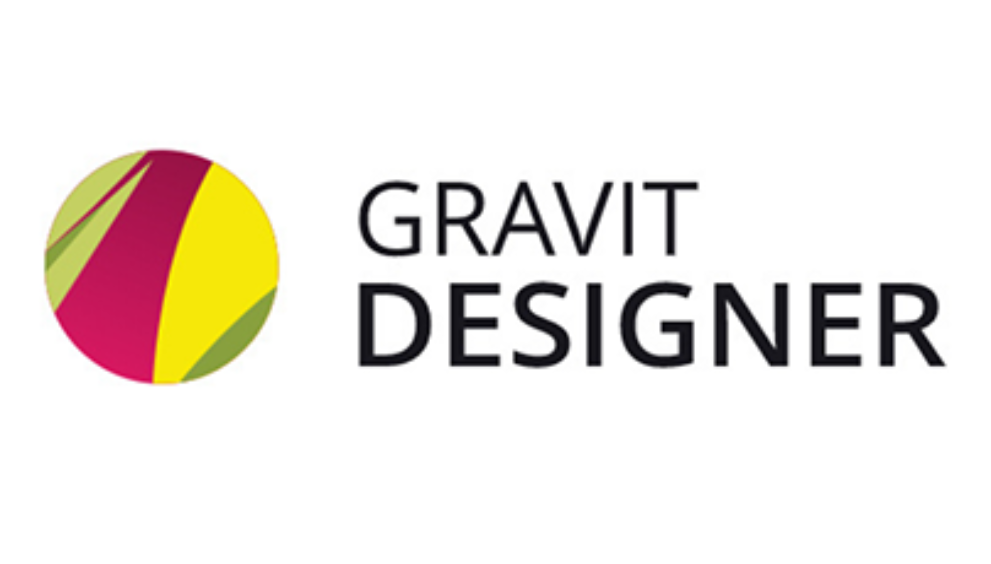
Overview: Gravit Designer is a vector design tool that’s great for beginners who want to create scalable graphics. It can be used for a variety of projects like web design, icons, and illustrations.
Key Features:
Vector-based design tools.
Cloud storage for easy access to your projects.
Advanced design options like boolean operations and more.
Offline mode available for premium users.
Why It’s Great for Beginners:
Simple interface with professional tools.
Works well for web and app design.
Offers tutorials and guides to help beginners.
How to Use:
Sign up for the free version.
Start with a new project and experiment with vector shapes.
Save your designs to the cloud or export them.
5: Pixlr
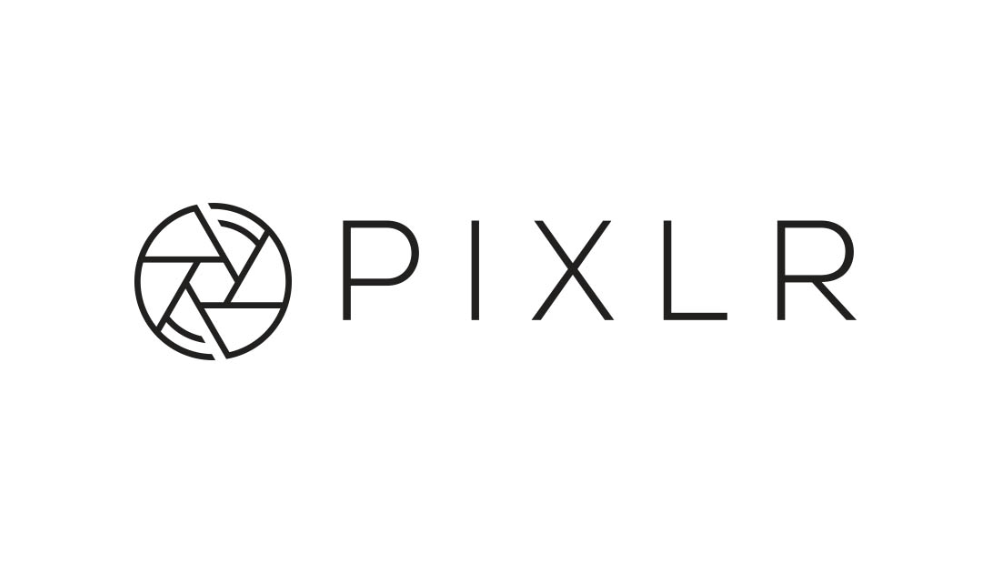
Overview: Pixlr is a free, web-based photo editor that comes with all the essential tools for editing images. It’s especially useful for beginners who want to enhance photos without complicated software.
Key Features:
Easy-to-use interface with powerful photo-editing features.
Access to advanced editing tools like layers and blending.
Large library of effects and filters.
Can be used on mobile devices.
Why It’s Great for Beginners:
Beginner-friendly photo editing without the complexity of programs like Photoshop.
Works directly in your browser, no installation required.
Offers tutorials to help you learn the ropes.
How to Use:
Visit the website and start editing your images.
Apply filters, text, and effects to enhance your photos.
Save your images in various formats (JPEG, PNG).
6: Inkscape
Overview: Inkscape is a powerful open-source vector graphics software, often considered the free alternative to Adobe Illustrator. It’s perfect for creating detailed illustrations and vector designs.
Key Features:
Extensive vector drawing tools.
Works with different file formats including SVG, EPS, and PDF.
Free and open-source, with no hidden charges.
Why It’s Great for Beginners:
Although it has a steeper learning curve, it’s a great tool for anyone interested in learning vector-based design.
It’s free and continuously updated by a large community of developers.
Rich in features once you get the hang of it.
How to Use:
Download and install the software.
Create a new file and start drawing or modifying vector shapes.
Save your designs in different formats.
Conclusion:
In 2025, these free graphic design tools are excellent starting points for beginners looking to break into the world of design. Whether you’re creating social media posts, website graphics, or digital illustrations, these platforms provide the necessary features to bring your creative ideas to life. Explore each tool, experiment with different designs, and watch your skills grow.Read more informative blogs
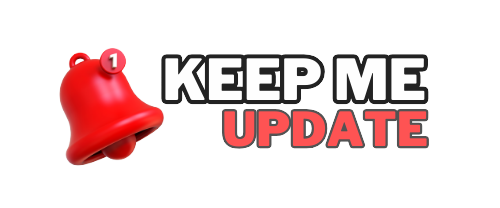
 English
English 





